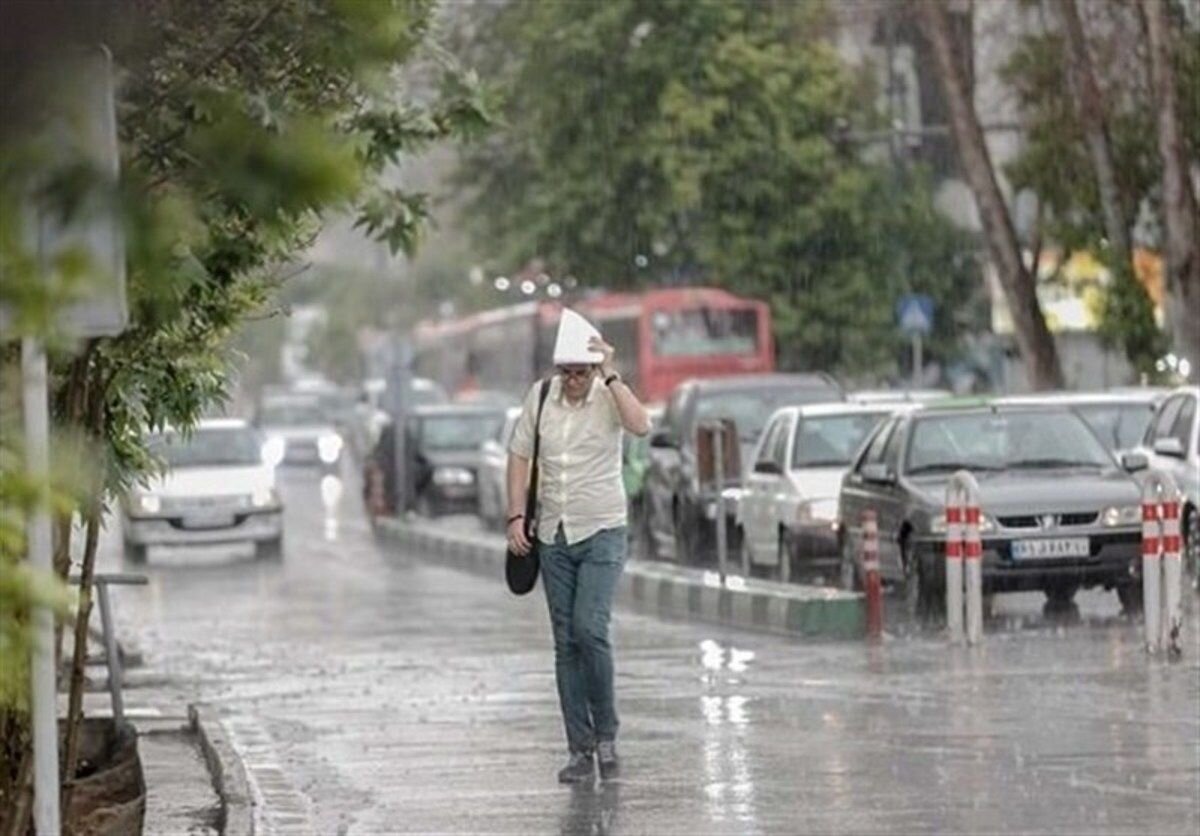Rainfall increases by 18% in current water year

TEHRAN –Since the beginning of the current water year (September 23, 2023), till September 14, precipitations have increased by 18 percent compared to the same period last year, according to Metrological Organization.
The total amount of rainfall since the beginning of the current water year has been equal to 250.3 mm, showing an 18 percent increase compared to the previous water year (September 23, 2022) when it was 211.4 mm, IRNA reported.
Compared to 246.5 mm of rain recorded in the long-term period, the figure indicates a two percent growth.
Despite increased rainfall, some provinces are still suffering from water shortages.
According to the report, some 10 provinces have received less-than-normal rainfall compared to the long-term average.
Low rainfall forecast for fall
According to numerical weather prediction modeling, the fall weather is forecast to be warmer than normal with low precipitation, Metrological Organization has reported.
“During the past 13 months, the average temperature in each month has been the highest on record which is caused by extreme temperature anomalies,” ISNA quoted Ahad Vazifeh, an official with Metrological Organization, as saying.
The warm and cold phases of the Pacific Ocean affect the weather, but this indicator cannot be relied on this year because the transition from El Niño (warm phase) to La Niña (cold phase) is going on slowly, he added.
Most models indicate weak La Niña conditions from November to February. In this condition, indicators that change in the short term such as the North Atlantic Oscillation (Nao), and Madden-Julian Oscillation (MJO) become more effective and impact, he further noted.
Transition into La Niña or neutral conditions?
According to recent forecasts, there is the possibility of either neutral conditions or a transition into La Niña.
Concerning the fact that the cycle is currently moving from El Niño to La Niña, Sadeq Ziaeian, an official with national center for forecasting Iran metrological organization, said: “There is over 60 percent chance for neutral conditions and 38 percent chance for experiencing La Niña in the country by August 20,” ISNA reported.
El Niño Southern Oscillation (ENSO) is a climate phenomenon that has three parts El Niño, La Niña, and neutral phases.
El Niño and La Niña are opposite extremes of the ENSO, which refers to cyclical environmental conditions that occur across the Equatorial Pacific Ocean.
La Niña is characterized by unusually cold ocean temperatures in the Equatorial Pacific, compared to El Niño, which is characterized by unusually warm ocean temperatures in the Equatorial Pacific.
These changes are due to natural interactions between the ocean and the atmosphere. Sea surface temperature, rainfall, air pressure, and atmospheric and ocean circulation all influence each other.
Ziaeian pointed out that in addition to the ENSO, other cyclonic events such as Acetic Oscillation (AO), NAO, MJO, and the Indian Ocean bipolar affect Iran's atmospheric condition.
Under optimal conditions, when La Niña dominates, there is a 60 percent likelihood that the fall season in Iran begins later, and the probability of facing a dry year increases.
MT/MG
Leave a Comment